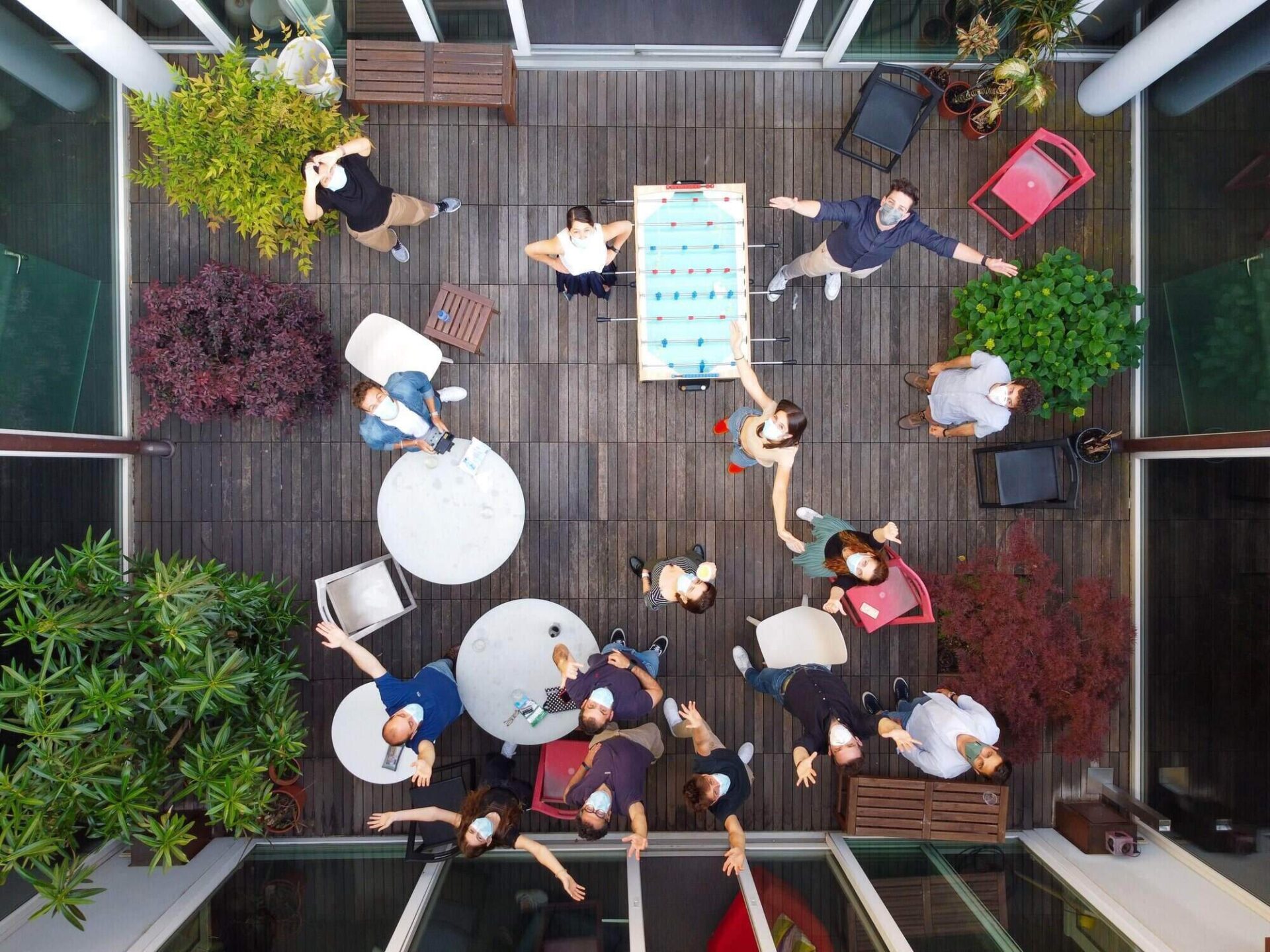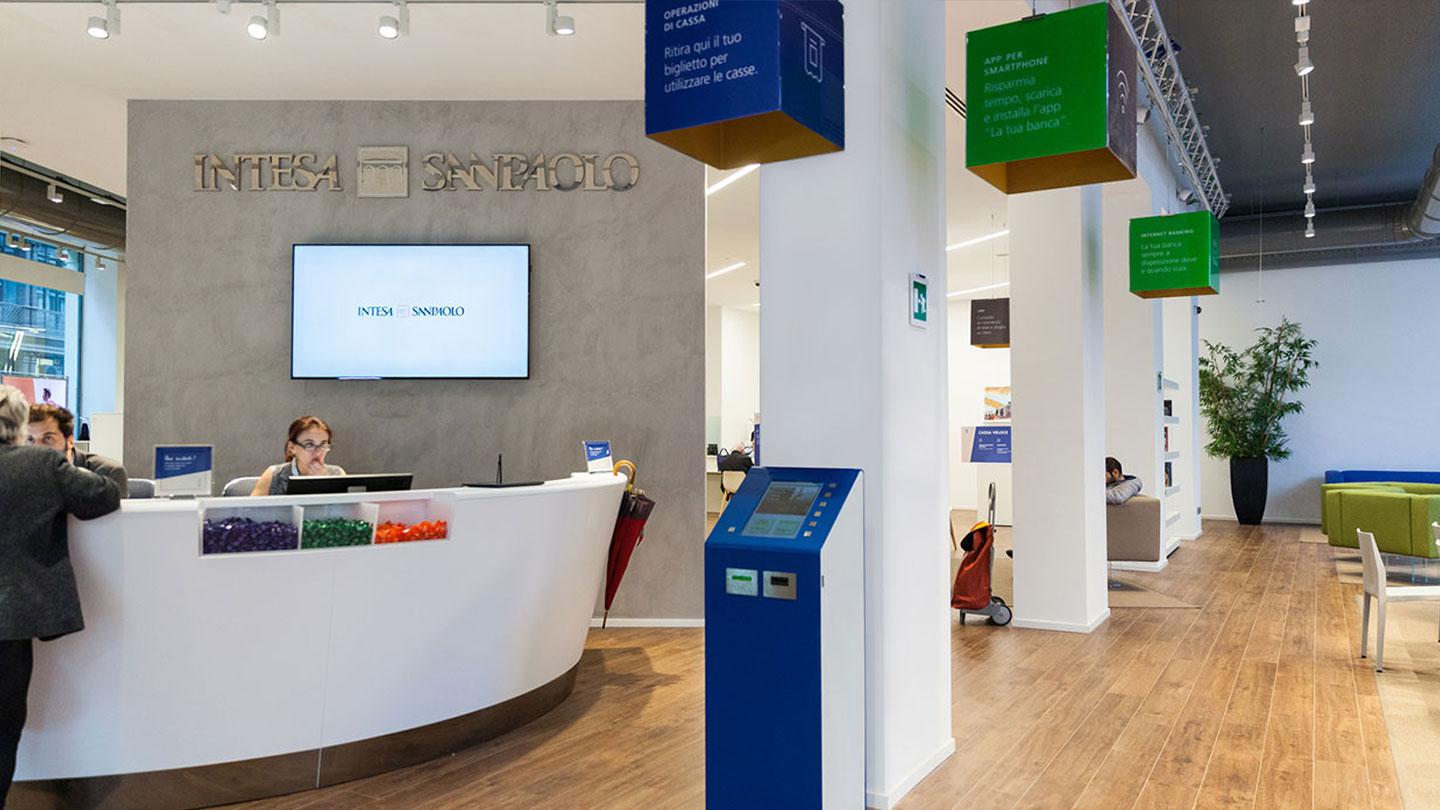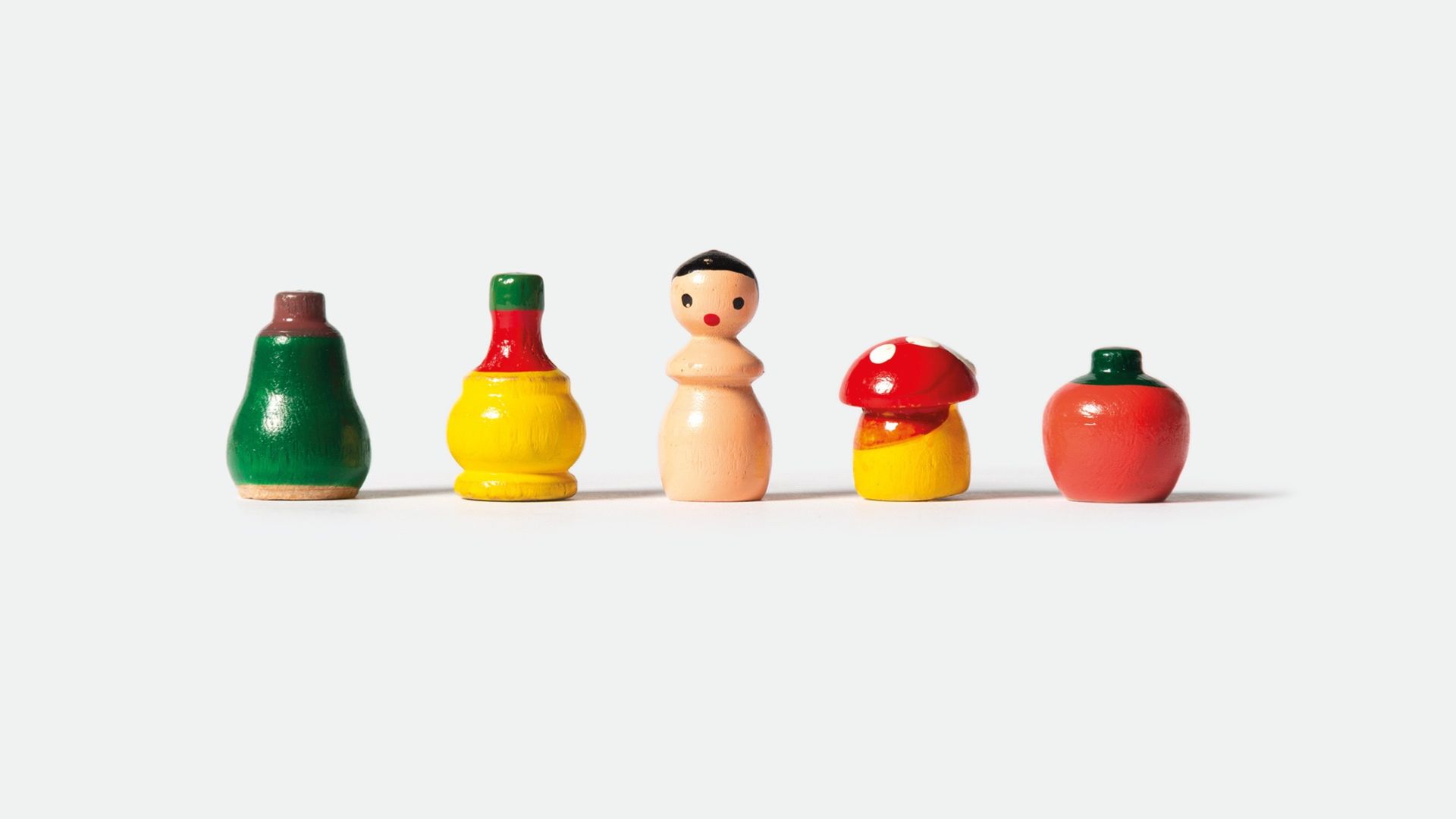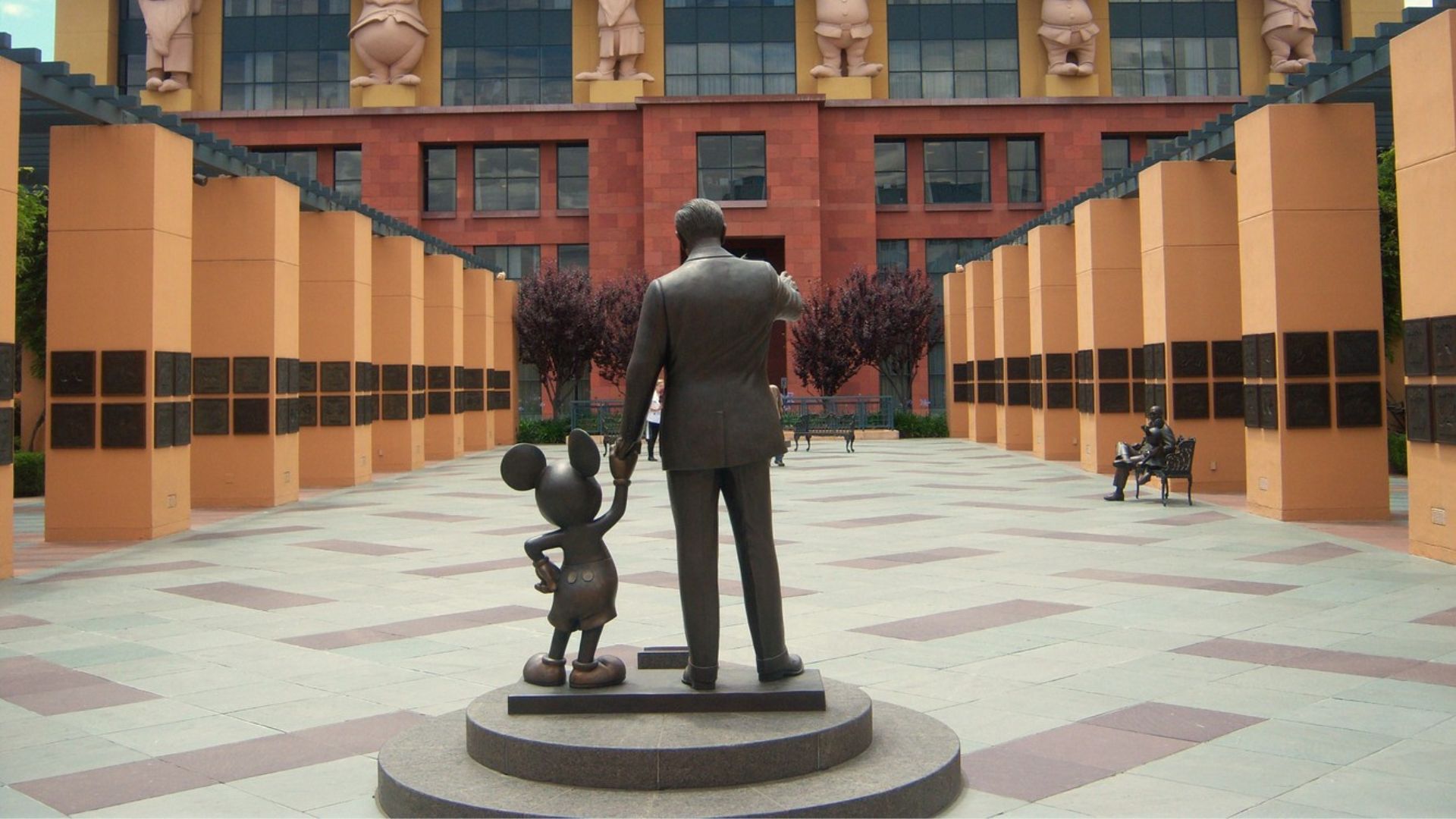Juggling management and creativity in a large design studio

Chiara Diana has been working for the global creative consultancy company frog for the last 13 years.
She entered the Milan office in her thirties as a senior designer. Her career then went smoothly up the creative hierarchy of the multinational company until, age 44, she became general manager of frog Milan Center of Excellence and Head of Creativity.
How does she master managerial competences and talents? What does she look for in new recruits? How does she foster a creative flow in an international team? We spoke to Chiara Diana to unveil to the DWProfessional community what juggling management and creativity really means in a large design studio such as frog.
How do you build a career in a large design studio, such as frog?
Chiara Diana:
“For me it was a gradual uploading of responsibilities on both projects and business development. If I had to explain to a young design professional how to pursue a career in a large design studio, I would indicate these following steps:
1. Take leading roles in projects
The first step is having a leading role in projects, that translates in identifying opportunities and solutions for the client.
2. Get to manage clients
The next hierarchic step is to be in charge of winning new clients and projects. This means to develop strategic competencies, namely timelines, needed actions, a team, and to set up a budget for the entire process.
3. Manage a whole business
As far as I am concerned, the more recent step has been to become general manager of the Milan Center of Excellence and head of creativity Europe. This meant facing the entire strategic, financial and creative pipeline. Something I didn’t anticipate when I started at frog.
How do you manage design teams in different locations?
Chiara Diana:
“The key is to understand people’s competences and design dynamics in which creativity can grow along with people’s skills.

In detail:
1. Understanding people’s competences and drivers
Good managers are aware of what team members are good/bad at and enjoy/despise doing. They know what their strong points are in the interaction with others and how to make them thrive. They also must be aware of what’s lacking: have a sensitive eye on what kind of training is needed to strategically grow certain skills inside the teams.
This awareness is also key when you go into recruiting, which should be focused mostly on a mix of skills, attitude and curiosity.
2. Designing group dynamics
Furthermore, in large companies it is important to have a unique creative platform that works as a basis for professional and human growth of international teams.
This means building community dynamics, collective rituals to make individuals and teams intentionally meet, confront and grow together.

In frog, we have established our global communities of practice, meeting periodically within the group and with external leaders in the space, hosting a slack channel and a sharepoint with methods and best cases, to facilitate internal discussions, mutual support and growth.
We host monthly creative gatherings for the whole community to get inspirations and provocations about the future.
We get together to share proposals we lost and won, and review the best work done by each studio to be inspired by.
We get together every day for coffee time, so simply meet as humans beyond the work which keeps us busy”.
How do you recruit new team members?
Chiara Diana:
“It is a two step process. First you define what kind of professionality you need. Then you decide who you want.
The first part is of utmost difficulty in creative business due to the unpredictable fluctuations and evolutions in the mid term.
There are of course detectable trajectories both in your design community and the tech and the strategy adjacent ones. It’s a complex balance, of course, that also intersects new business domains and the transforming needs of clients.
A hiring plan takes into consideration how your actual team can grow their competences to face transforming demand; and which new strategic capabilities you need to hire from outside to fulfill the vision. But it also may be in need of a strategic growth that adds skills and vision.
Then comes the second step: the choice of the right professional profile.
We look for the talent that is close enough to the existing team culture to fit with Frog, meanwhile being different enough to bring diversity and push us forward.
I have seen organizations thrive and mature through projects and community,
the only way to exit this autoreferentiality is to integrate a new person that becomes an accelerating element.

How do you manage creativity?
Chiara Diana:
“Pairing focus and vision is essential to unpack complexity and to make it workable.
We often face very complex matters and scenarios in frog: it is so typical in creative agencies to work in new contexts of interaction with products and services. Being it a new experience strategy, a digital UX or a brand new offering, design involves working with diverse, often unclear, and interweaved information and processes”.
My recipe for creative innovation is:
1. I let myself be surprised while I navigate new scenarios.
Getting a bit lost in the first stage of the creative process helps me to accept not to have an immediate solution, to lay on the unknown. This is critical when working with innovation: it must be an unfathomable process if you want it to happen. Without focus and a systemic vision all this would lead to too much abstraction.
2. I practise resilience and stamina
We all happen to be wrong: dealing with failure or error is part of daily creativity management.
You have to be able to discuss a project, to accept that sometimes things need time and a lot of work and arrangements. Or maybe you need to change your perspective, to restart from the beginning. All of this without taking it too personal: so I’d say that I learnt how to thrive on errors”.

Which are the situations that make designers grow the most in a big design studio?
Chiara Diana:
“I grow when I work with challenging clients. They are the ones having a profound knowledge of their domain while being open to start a complementary conversation with mine
Teamwork widens creativity, brings my thought way ahead of my individual reasoning. This always happens, at any stage of your career.
This is why I never regretted my choice of working in a large, diverse and collaborative company”.
How did you feel as a new recruit?
Chiara Diana:
“Any high standard and intellectually stimulating large company is potentially overwhelming for creatives. So, naturally, during my first four months at frog I had a really critical moment.
I was working on the very new domain of connected health. I was extremely insecure of my skills in such a new environment.
To make it worse, it was a very important project and all the meaningful people at frog were involved. Everybody had a different and very strong opinion about anything.

It was overwhelming, I said to my manager I wanted to resign. He told me to hold still, and reassured me: the first experience of frog is tough for people who are highly demanding on their own skills.
The solution starts with a good look inside yourself to find your own ground, your own voice.
It takes a little time and meanwhile it’s very important to accept one’s own fragility as part of the process.
And to survive the come and go of referential figures who will inevitably change during your work life”.
Have you ever had the feeling that being a woman was influencing your work somehow?
Chiara Diana:
“I know for sure that becoming a parent is a career milestone for anybody. It is hard to to separate it from the other gender related challenges, at least for me.
Parenting involves a complexity that directly augments one’s resilience and management skills, beside gender related issues. It’s something I’ve seen both in me and in my team’s male or female members. It is often the moment in which people make an evolutionary jump.
I decided to base my leadership on transparency and honesty and it’s working well, even if this is not something you will read in a HR handbook.
I often deal with a part of my nature that is usually put in relation with womanhood: emotions.
I’m a very emotional person and in time I learnt how to let my feelings be expressed. If I feel like crying, I cry. If my voice trembles, that’s fine. It happens a lot mainly with my team. I now understand that it’s all right, but it was a process and it took time”.










